
At the vaporetto stop at Sant’Elena, the base of a flagpole carries the text Veneziani caduti in A.O.I. — Venetians fallen in A.O.I.
There’s nothing else written. So, a monument to commemorate fallen soldiers, but where?
A bit of research shows that those three letters stand for Africa Orientale Italiana — Italian East Africa.
Those unnamed Venetians died in a colonial war of conquest in Ethiopia.
Italian colonialism
Italy came late to the colonial race of the 1800s.
The Italian state didn’t exist before 1860, and even then, it didn’t have well-defined and internationally recognised borders for another decade. The Austrian-Hungarian empire controlled the north-east with Venice and Trieste since 1815, and Rome remained stubbornly as a rudimentary Papal State under the protection of French soldiers.
The Kingdom of Italy annexed the Veneto and Friuli after the war of 1866 with Austria-Hungary, but a resolution of the question of Rome had to wait for the French defeat to Prussia in 1870. France called the garrison in Rome back home, thereby abandoning the Pope to his fate. The Italian army moved in immediately afterwards, using artillery to breach the ancient Roman city walls, and thus ended the long history of the Papal State.
Eritrea and Somalia
The colonial adventures of Italy started in the 1880s and 1890s, with possessions in Eritrea and Somalia, and in Libya in the early 1900s.
However, after the fascists took power in 1922, colonial expansion in Africa became a central part of Italy’s foreign policy. For the fascists, Italy’s destiny was empire. Unfortunately for the fascists, there wasn’t a lot of territory left to colonise.
Abyssinia (Ethiopia) was the last country in Africa that hadn’t been colonised by some European power. With Eritrea on one side, and Somalia on another, Abyssinia became the target for Italian expansion.
The conquest of Abyssinia
Italy attacked in October 1935.
Italy had mobilised and drafted almost half a million men, and a hundred thousand colonial troops joined them.
The fascists used everything they had to win the war, including arms that the League of Nations had outlawed, such as gas. Mussolini specifically allowed the generals “to use any kind of gas whatsoever on any scale whatsoever.”
Hailé Selassié, the ruler of Ethiopia, made a plea to the League of Nations, and the League of Nations sanctioned Italy because of the use of gas against the Abyssinians. It made little difference.
While the Italian losses were in the thousands, Abyssinian casualties were likely at least ten times higher.
Empire at last
In May 1936, Mussolini declared the war won. The king of Italy, Victor Emmanuel III, assumed the title of Emperor of Ethiopia, and Mussolini himself became the “Founder of the Empire”.
The Italian controlled dominions on the Horn of Africa were subsequently united in a single entity, the Africa Orientale Italiana, the A.O.I. of the flagpole base at Sant’Elena here in Venice.
The great fascist Italian Empire didn’t last very long.
During the following world war, Italy had no way of resupplying the colonies, which were surrounded by colonies of the Allied forces. Even though Italy switched side in 1943, in the post-war settlements Italy lost all its colonies, except Ethiopia, which remained under Italian control as a United Nations protectorate until 1960.
The flagpole base
The flagpole base is not dated. It must, however, be later than 1936, due to the reference to the A.O.I.
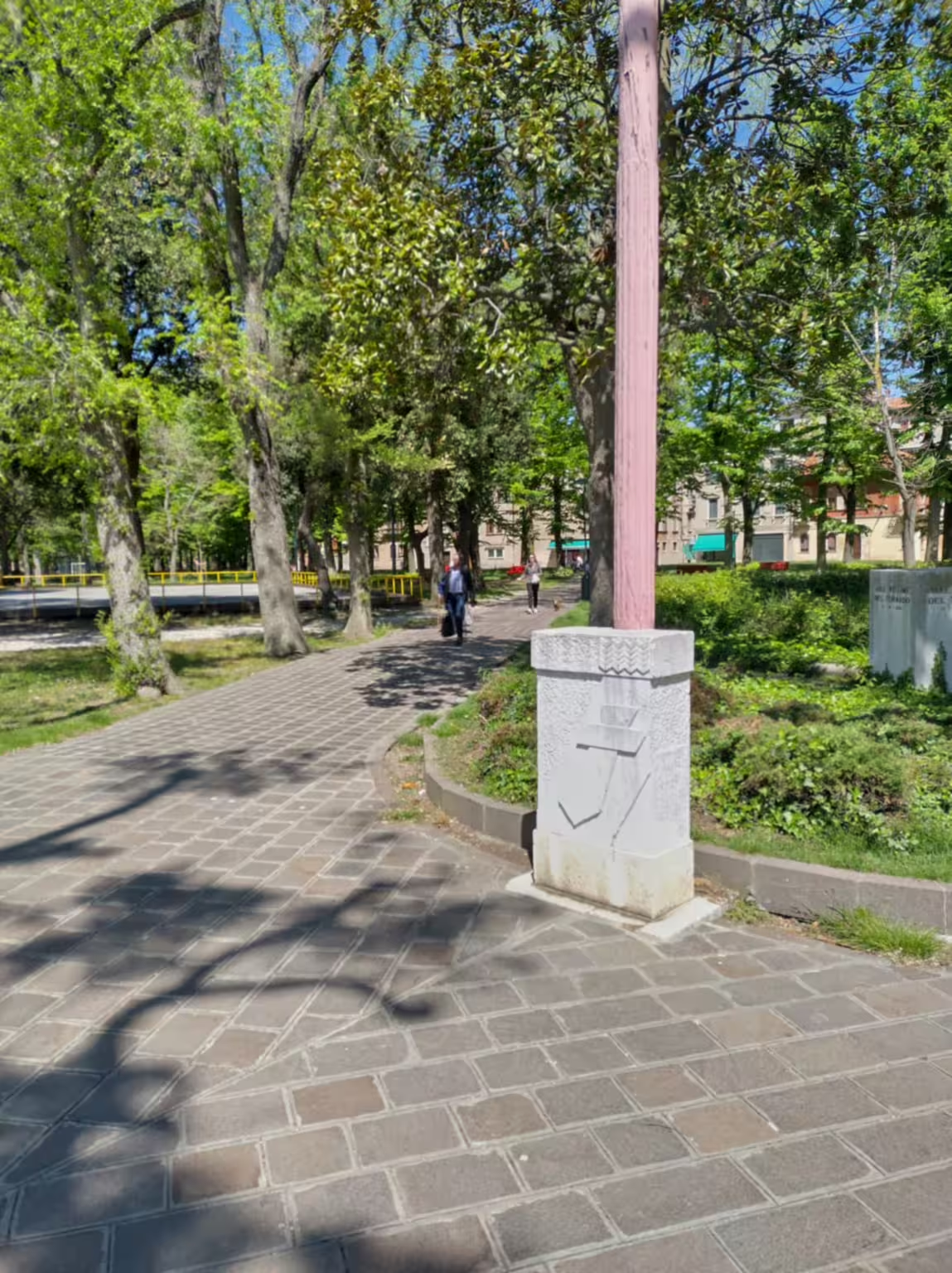
There are no other writings on it. On the front it has a simple design which combines a cross and a sword in one symbol. Above that, some stylised waves, which might an allusion to territories overseas.
The Parco delle Rimembranze of Sant’Elena, where the flagpole stands, is itself a monument to the victims of the Great War (1915-18 in Italy), but not even the Sovrintendenza dei Bene Culturali has anything to say about this specific monument.
My guess — and it is a guess — is that it is from the period 1936-43, which is the relevant period of the fascist regime in Italy.
Post-war Italy would not have made such a monument for the fallen of what was a very fascist colonial project, using the abbreviation A.O.I. for the very fascist name Africa Orientale Italiana.
Likewise, the fascist puppet regime in northern Italy, the Repubblica Sociale Italiana (1943-45), probably had other things to care about than monuments to people who died in a colony that was all but lost.
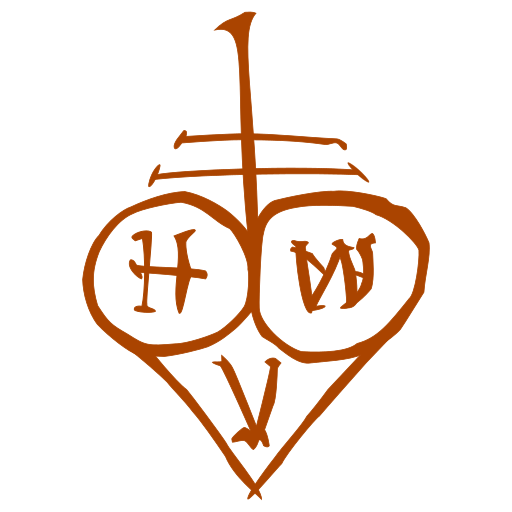
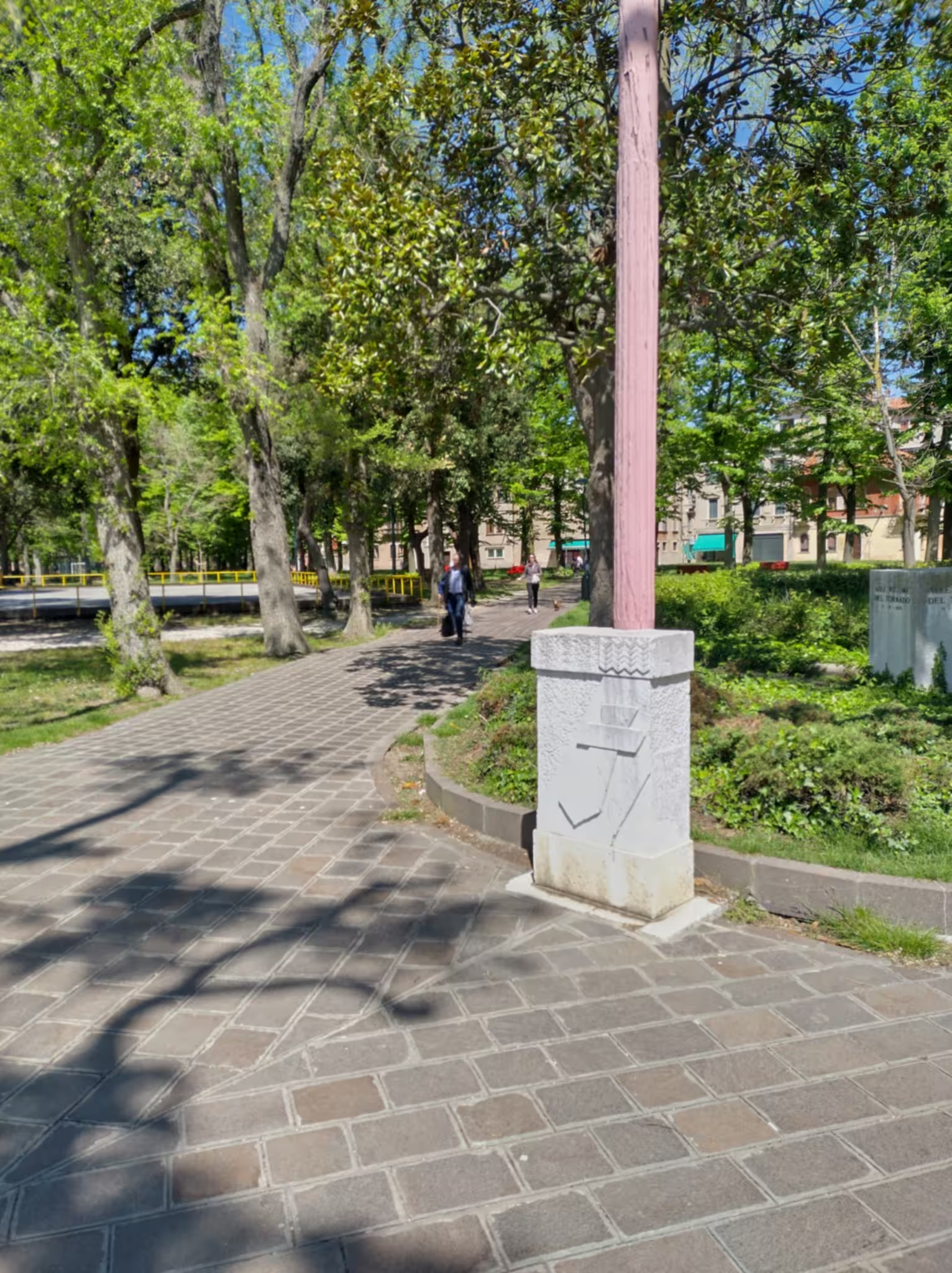
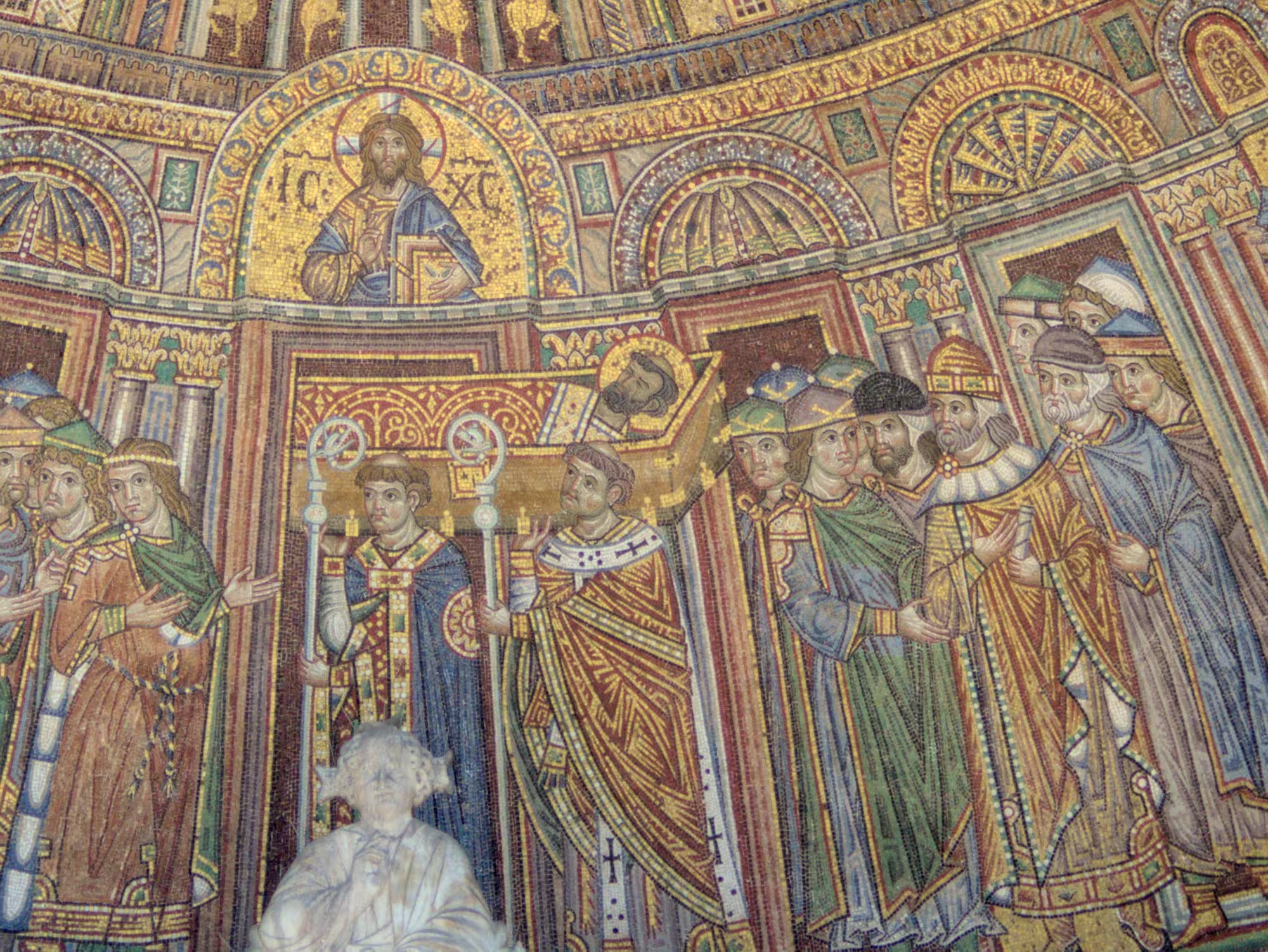

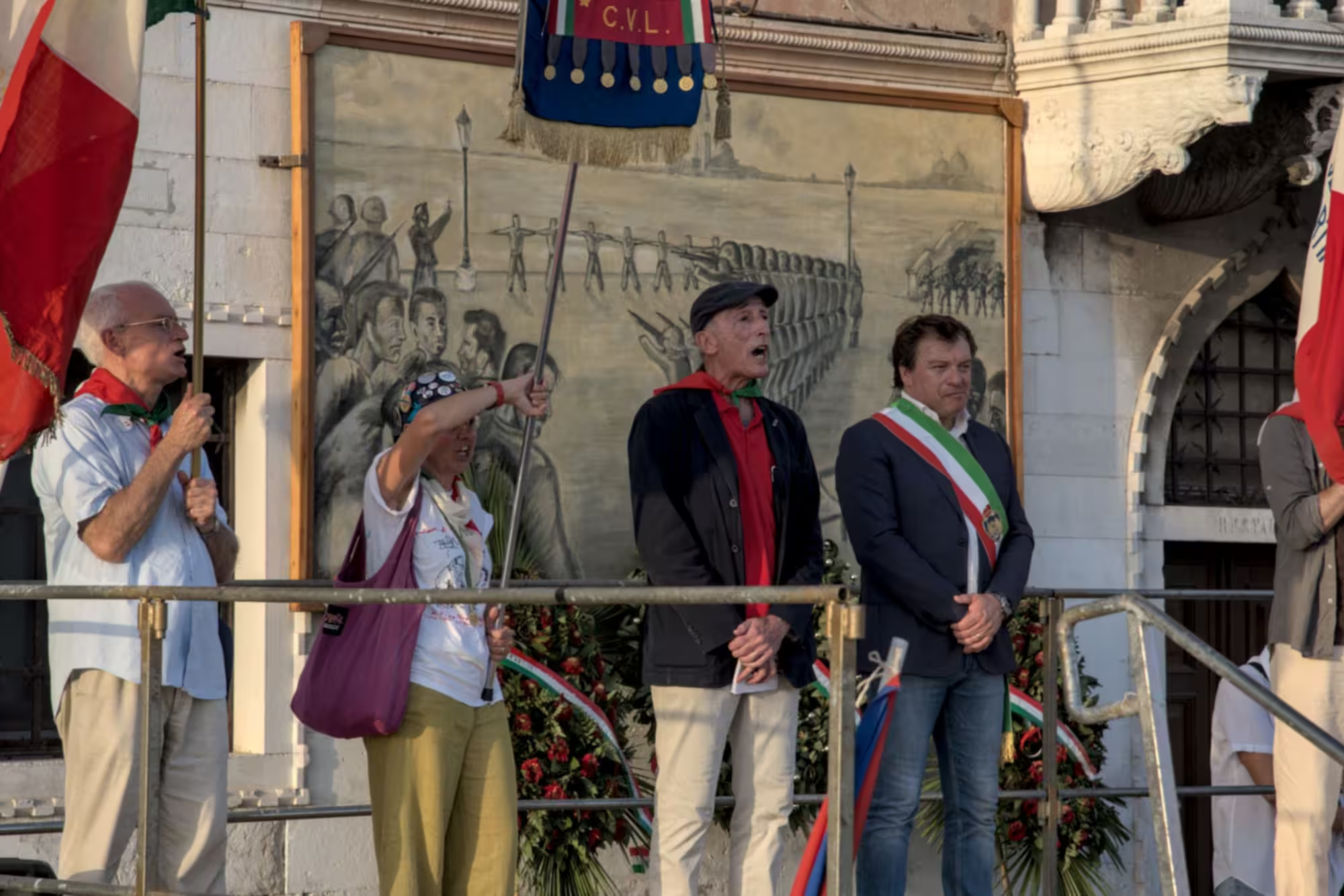
Leave a Reply